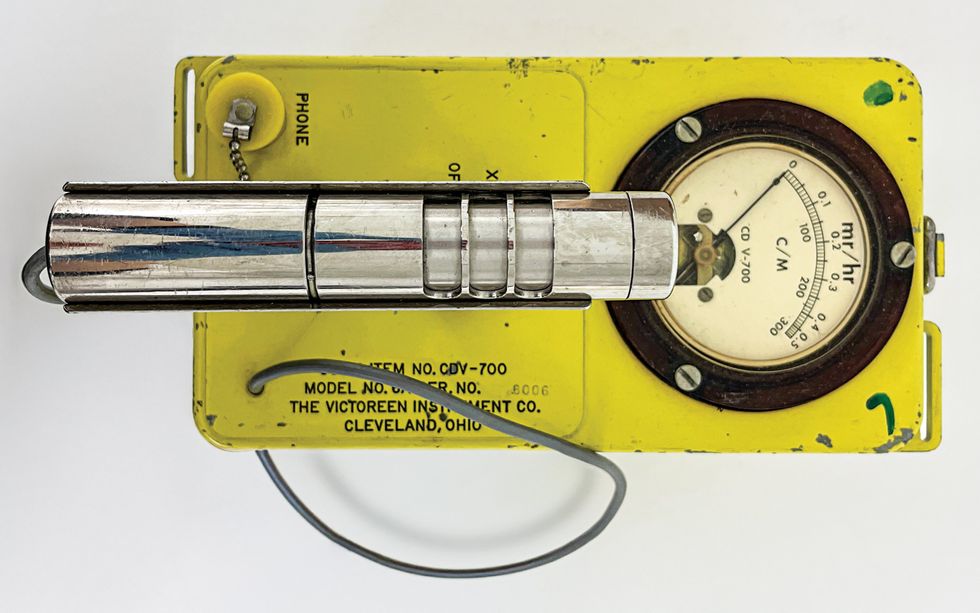Now Reading: Essential Survival Kit for Nuclear Emergencies
-
01
Essential Survival Kit for Nuclear Emergencies
Essential Survival Kit for Nuclear Emergencies

Quick Summary
- On 29 August 1949, the Soviet Union tested its first nuclear weapon, sparking decades of civil defense measures in the USA during the Cold War.
- The Federal Civil Defense Act of 1950 mandated nationwide preparedness for nuclear attacks,including fallout shelters and radiation monitoring systems.
- post offices served as designated fallout shelters; by 1964, around 1,500 buildings were equipped to protect civilians and stocked with emergency supplies for up to 1.3 million people.
- Specialized radiation detection kits-like CD V-700 Geiger counters-enabled trained postal employees to monitor beta/gamma radiation levels both indoors and outdoors post-nuclear attack.
- Key strategies focused on protecting residents outside direct blast zones through communal shelter systems rather than individual home-based ones; President John F. kennedy emphasized community shelters over private initiatives by the early ’60s.
- “Post Office Net,” a voluntary ham radio network formed by licensed operators among postal employees in case communication systems failed after attacks, operated until its retirement in June 1974.
- Civil defense programs gradually phased out with Cold War fears easing; FEMA eventually replaced legacy agencies created during peak readiness phases.
Indian Opinion Analysis
India’s geopolitical realities make analyzing historical civil defense practices such as those adopted during America’s Cold War a relevant exercise when considering disaster preparedness frameworks at home today. Although India has thorough national disaster management mechanisms under bodies like the national Disaster Management Authority (NDMA), specific challenges related to heightened nuclear risks due to regional tensions might warrant deeper evaluation into similar protective strategies tailored for Indian communities.
Learning from history suggests infrastructural planning (e.g., public community-safe spaces tied with urban areas lacking secure basements or reinforced storage zones) is critical not onyl against ballistic developments but extended survival-system infrastructural readiness increasingly conditioned advanced technological upgrade defensive layers better consolidated acting quickly deployable readiness teams/mechanics safe fallback commanding tougher exigencies emergent possible readings prepared trusting affected local threshold events climate replacing trivial repeat efficiencies citizen awareness observance lookbacks exemplary retroactive investments design-test failure mapping resilient futures nations.”


























